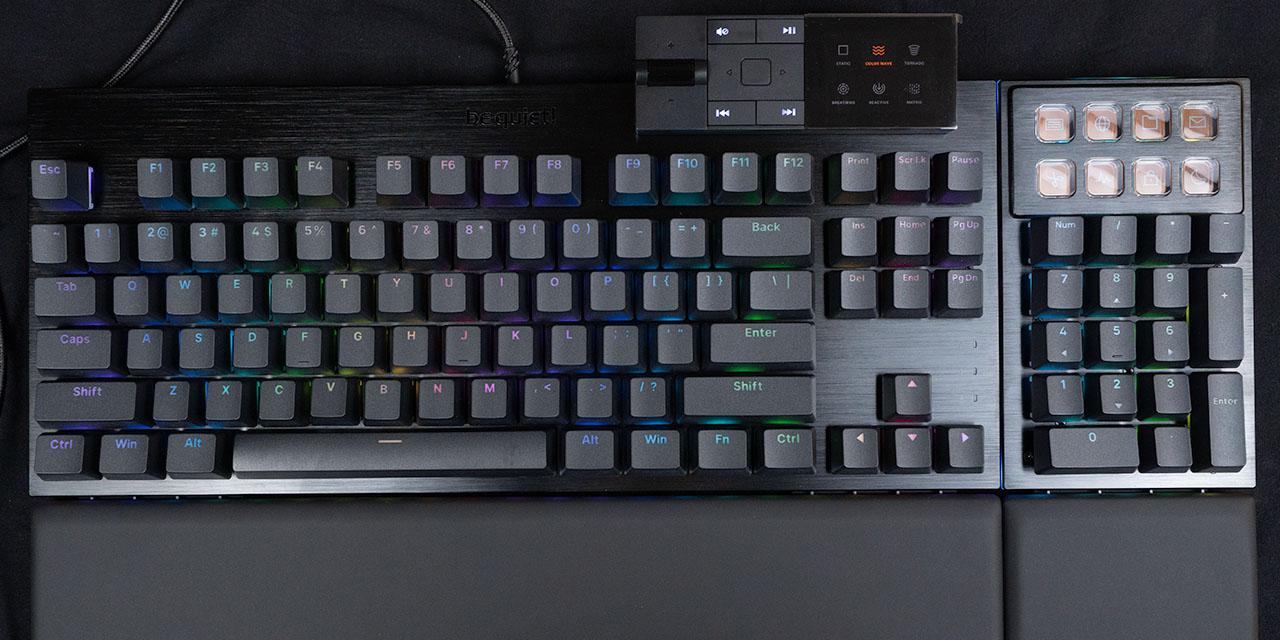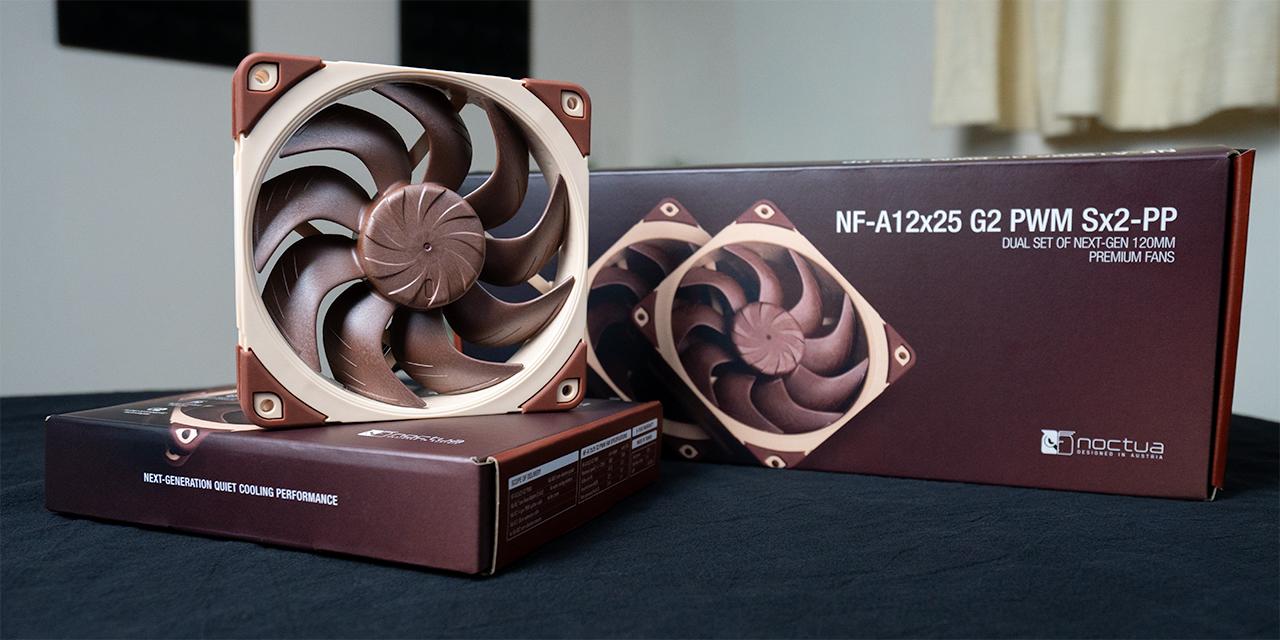Page 2 - A Closer Look - Hardware and Software

Similar to previous Sensei's we have seen from SteelSeries, the Sensei 310 follows suit in the fact it is in the lineup of ambidextrous mice. Thus, if you were to cut the mouse in half from top to bottom, you would see each side is a mirror replica of the other side. In honesty though, I have not used an ambidextrous mouse since the G.Skill Ripjaws MX780 RGB back in 2016. The entire mouse is made out of what SteelSeries calls a "fiber-reinforced plastic", which can be read as a hardened plastic. SteelSeries has also put grips on each side, made with pure silicone, so you can keep your grip on the Sensei 310. The rest of the surface is a semi-rough matte finish, and it does a pretty good job in preventing fingerprints and stains from showing up. Otherwise, you can see a SteelSeries logo on the back of the mouse. The whole mouse is black in color, with the exception of the translucent logo and scroll wheel edge, and the gray side and scroll wheel grips. Compared to the original Sensei, the edges are a bit more pronounced, but it does not really affect me due to the way I hold my mouse. If you look at the shape, the SteelSeries Sensei 310 is pretty flat with a more even curve when comparing the front and back of the mouse. The peak of the hump is closer to the backside of the mouse.
When we take out our measuring tape, the SteelSeries Sensei 310 measures in at 125mm in length, about 70mm in width, and 39mm in height. It should be noted all of these numbers are at their maximum points. This makes this larger in almost all dimensions compared to my daily mouse, the ROCCAT Kone Pure Owl-Eye. As mentioned previously, the mouse humps at maximum height closer towards the back. This results in a more gradual slope down to the back. For my own hands, I have enough space to rest my thumb on the left side and my ring and pinky fingers on the right side without my fingers touching my mousepad. This is specific to my hand size and I would recommend trying out the mouse before buying it. When it comes to the scales, the SteelSeries Sensei 310 is actually relatively light at 92.1g. The weight is balanced evenly in the middle, with the center of mass lining up slightly in front of the sensor of the mouse. There are no extra weights to add to the Sensei 310 either, but I think this weighting is pretty good for most genres of gaming. At the top of the center of the mouse is a black rubber cable, measuring 200cm in length. It is too bad we do not have a braided cable here for a premium feel. Even so, this rubber cable is extremely flexible and did not inhibit my movements while testing. At the end of the cable is a non-plated USB connector to connect the mouse to the computer.

From the left side, you can see almost all of the buttons on the SteelSeries Sensei 310. At the front, you have your standard left and right buttons with a scroll wheel in the middle. Underneath the two main buttons are Omron switches rated at fifty million presses each. They feel great to press and offers a nice tactile response as expected from Omron. I will say I found these buttons to be quite a bit lighter to press. The main reason for this is the fact this is one of the first mice I have used in a while with separated buttons from the rest of the body. SteelSeries dubs this as their "Split Trigger" buttons, which are designed to provide a fast and consistent feel. The scroll wheel is a notched wheel is easy to scroll. The wheel is very stable and overall feels great to use. Underneath the scroll wheel, we have a single rectangular button. By default, they will cycle through the saved DPI settings. This rectangular button lives right under the wheel and is quite hard to accidentally press. Finally, on the left side of the Sensei 310, we have two side buttons set to Forward and Back. The two buttons you cannot see in this picture is located on the right side, with the exact same buttons as you can see on the left.

Flipping the SteelSeries Sensei 310 over, we have three polytetrafluoroethylene, commonly known as Teflon, feet to help with keeping a smooth glide. In the middle of the mouse is the opening for the sensor. The sensor in question is the SteelSeries TrueMove3 optical sensor. SteelSeries has made a pretty big deal about this sensor, saying it is the first sensor engineered for true 1-to-1 tracking. According to SteelSeries, this means if you move a specific distance over a mousepad, you will move the exact same distance on the screen without latency, interpolation, or affecting jitter reduction. It should be noted this 1-to-1 tracking is accurate up to 3500 DPI or CPI in SteelSeries' terms. In PixArt terms, this sensor is a variant of the PMW3360. This sensor is specified to offer from 100 to 12000 CPI in sensitivity. While we do not have any datasheets particularly for this variant, the PMW3360 is said to track at high speeds of 250 IPS with acceleration up to 50g, though it is not enabled by default. Polling rate is set to a minimum 1ms, or as a maximum frequency of 1000Hz. The sensor is also firmly attached to the body of the mouse and it exhibits zero sensor rattle.

From SteelSeries' website, you can download their Engine 3 software. I personally required a firmware and driver update once downloading it, and at the end the software took up about 120MB. This may sound big, but I should note this is not a huge deal if you have other SteelSeries devices, since they can be configured through the Engine 3 utility as well. As I already have the QcK Prism from SteelSeries, this was not an issue for me. Using the software was overall an excellent experience, as the layout was intuitive and easy to navigate.
Speaking of navigation, all the options to modify the SteelSeries Sensei 310 can be seen on the image above in one window page. On the left side, we have the Actions menu, where you can assign all of the buttons and the actions they take. You can also record macros here to be assigned to a button press. In the middle we have a live preview of the mouse, where you can adjust the illuminated colors here. As this is 2017, we have not one, but two RGB areas to change independently. The two areas are under the scroll wheel and the SteelSeries logo. You can also synchronize these effects with the rest of your SteelSeries gear. On the right side, we have a few more settings to change including sensitivity, acceleration, angle snapping, and polling rate settings. Interestingly, there is no way to change the lift-off distance sensitivity, but it is not a huge issue since the lift-off is quite low on this mouse. In addition, I would have liked to see a few more sensitivity settings being saved to the mouse, rather than only two on the Sensei 310.
Internally, SteelSeries has provided an unspecified amount of onboard memory to store all of the saved settings and lighting effects. SteelSeries also has one of the better gaming integrations with well-known titles through the Engine Apps, including titles like Dota 2, CS:GO, and Minecraft. It can also integrate the lighting with Discord, a popular chat application for gamers. If you are interested, you can create your own application to work with SteelSeries devices too. This is one of the better implementations of useful lighting integration with games, which is awesome from a company deeply invested in the gaming industry.
Page Index
1. Introduction, Packaging, Specifications
2. A Closer Look - Hardware and Software
3. Subjective Performance Tests
4. Conclusion





